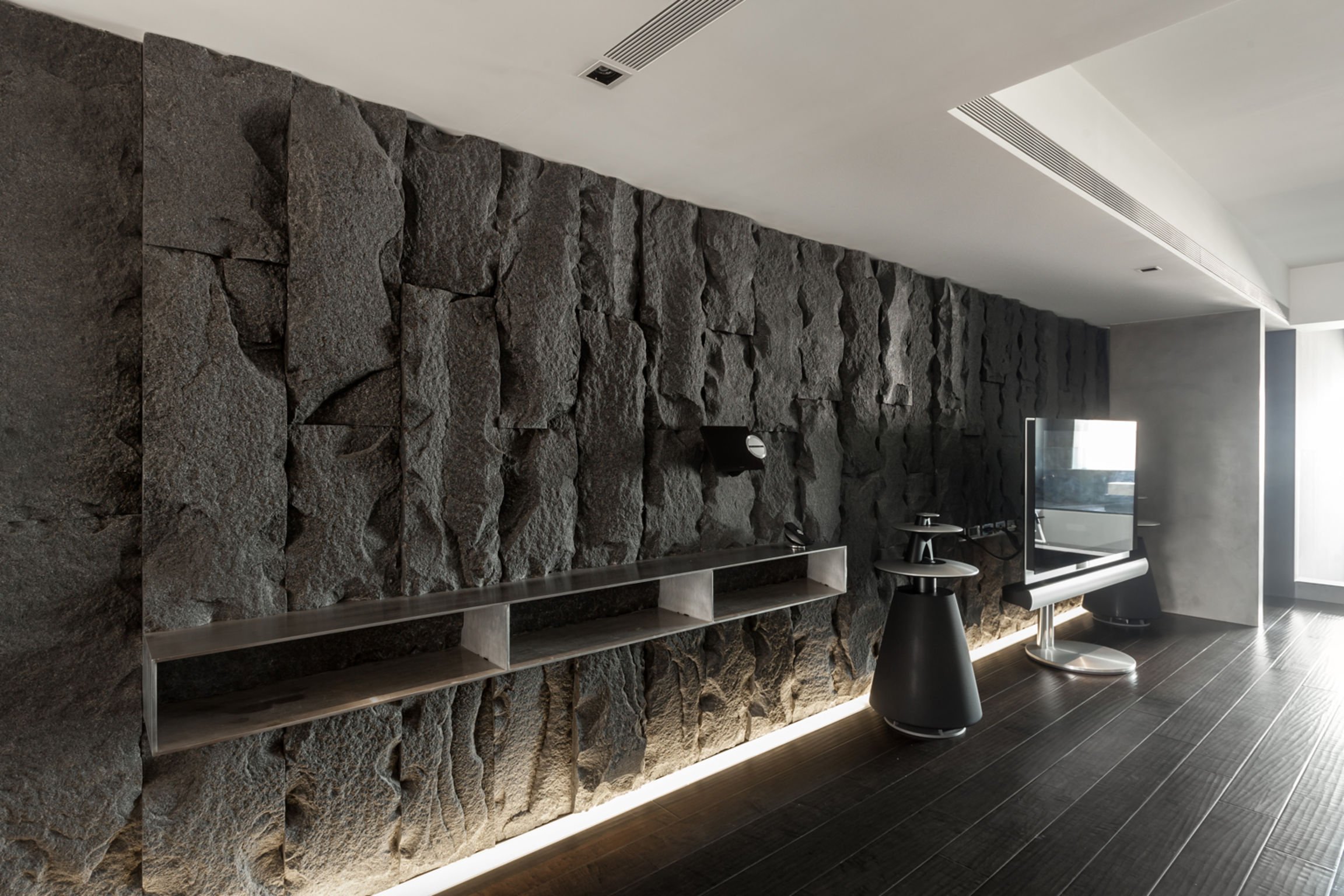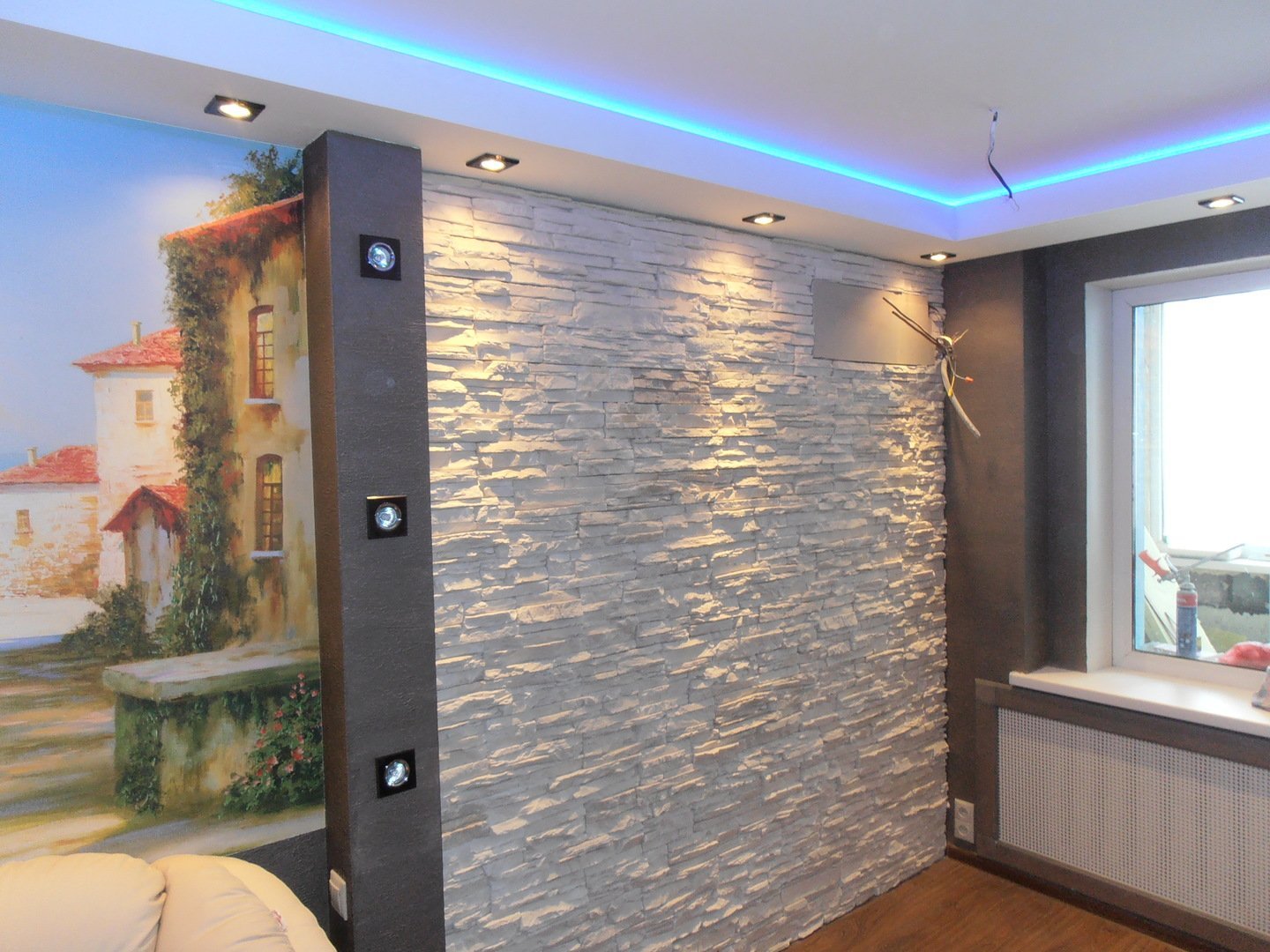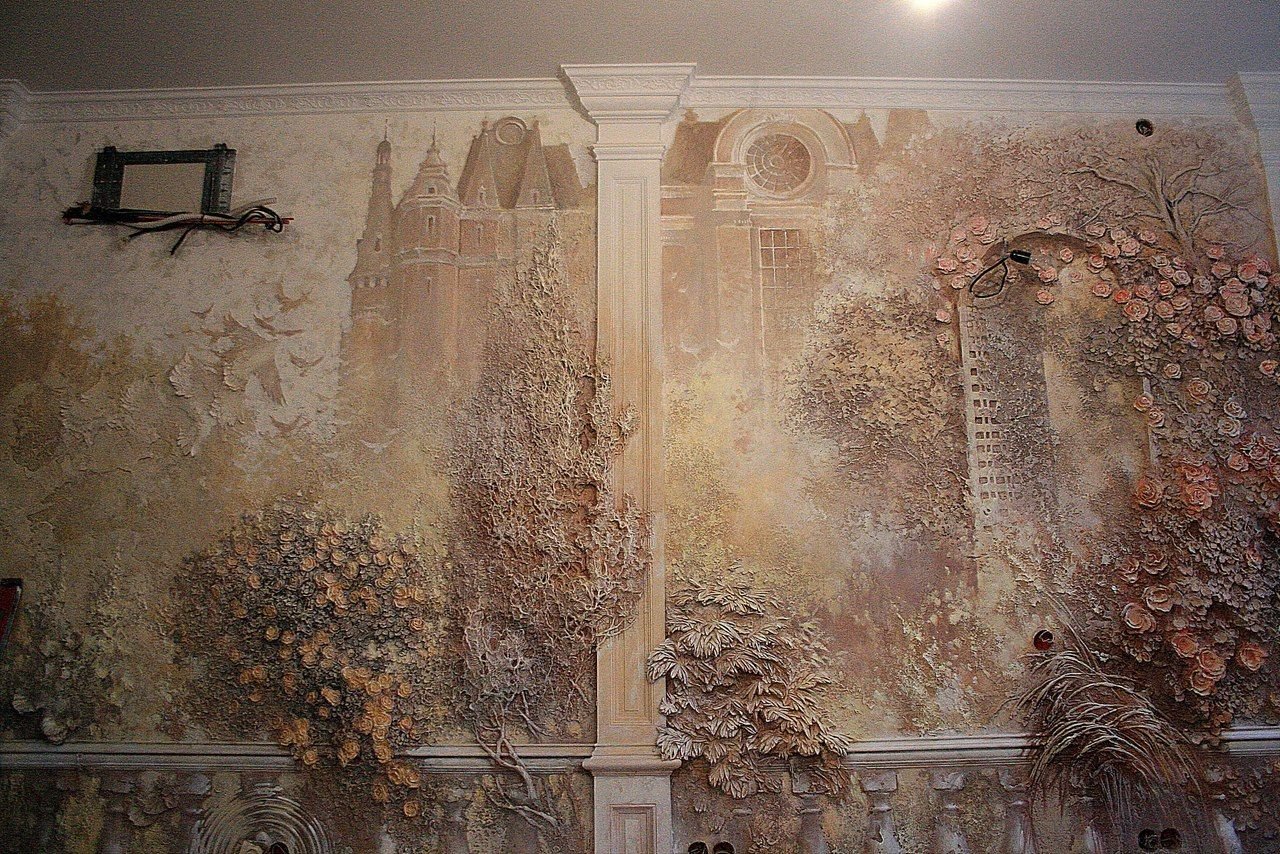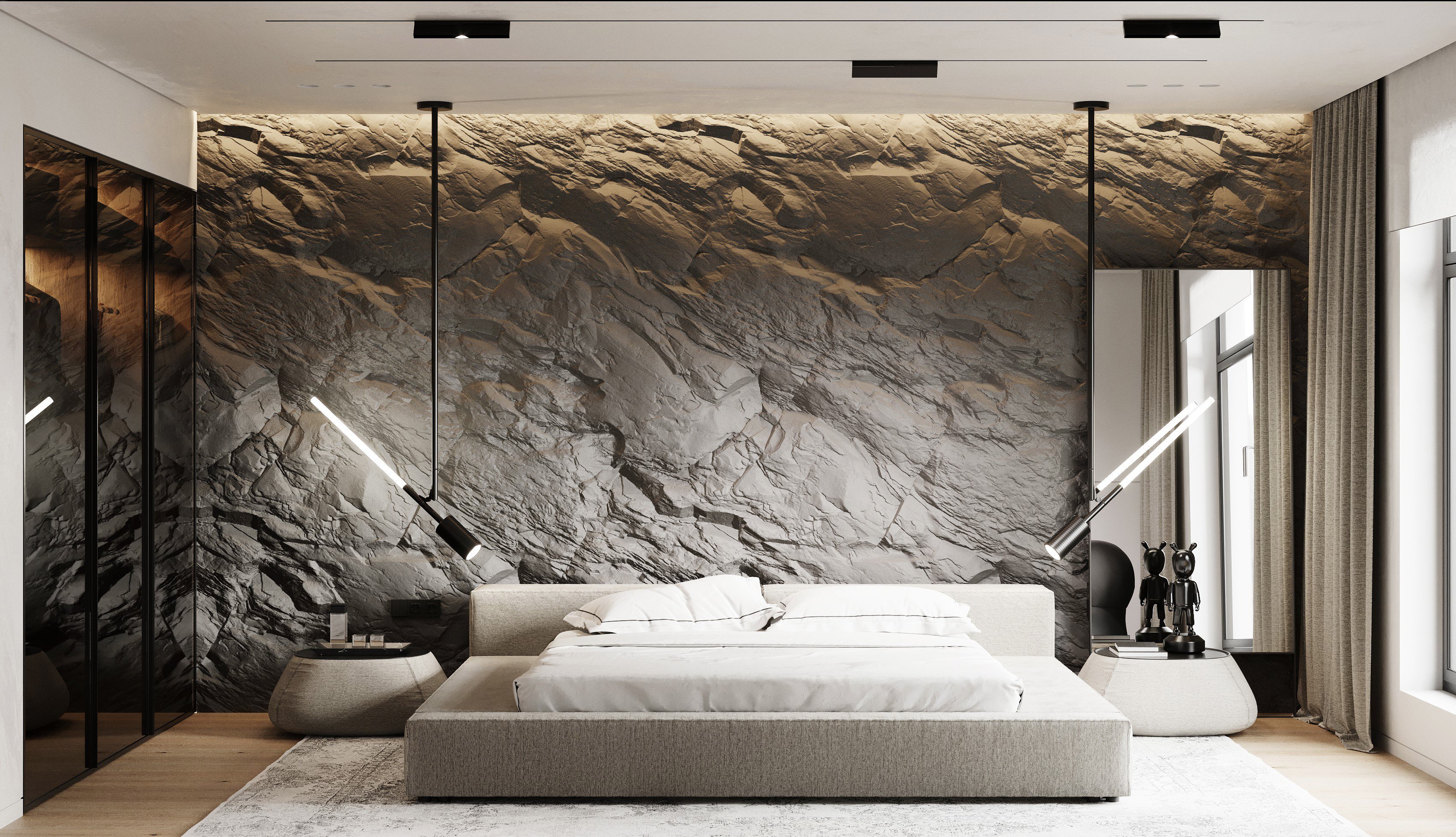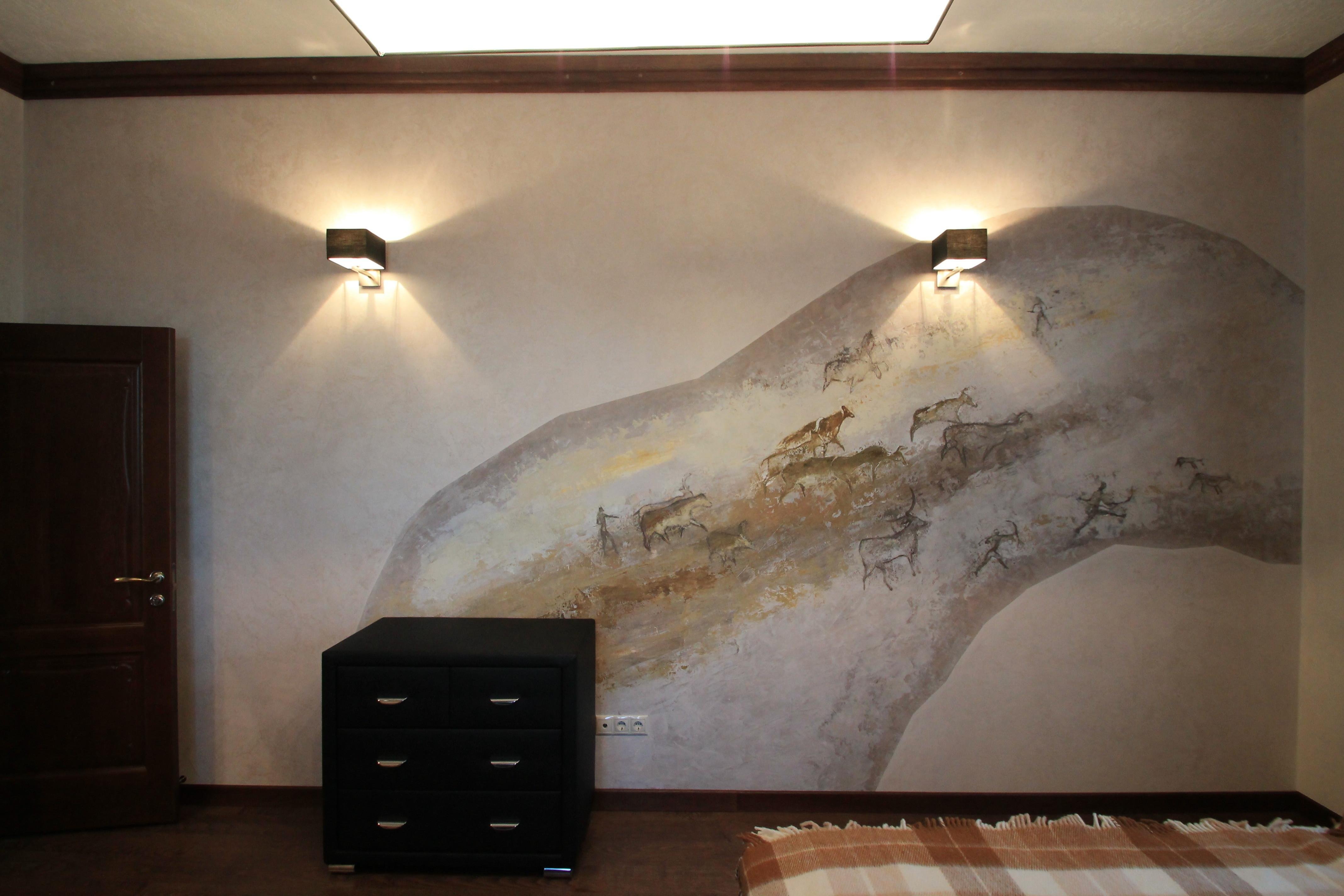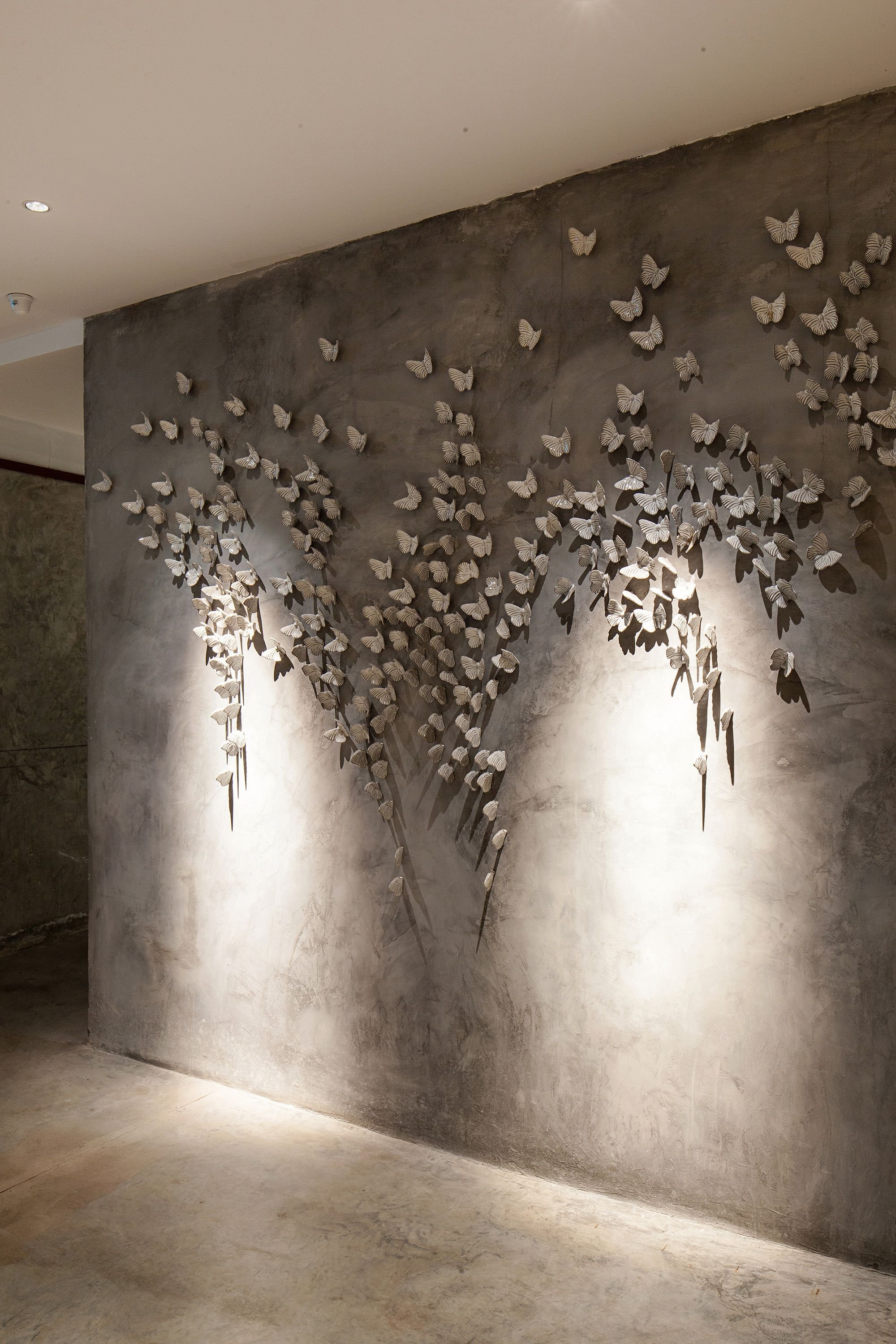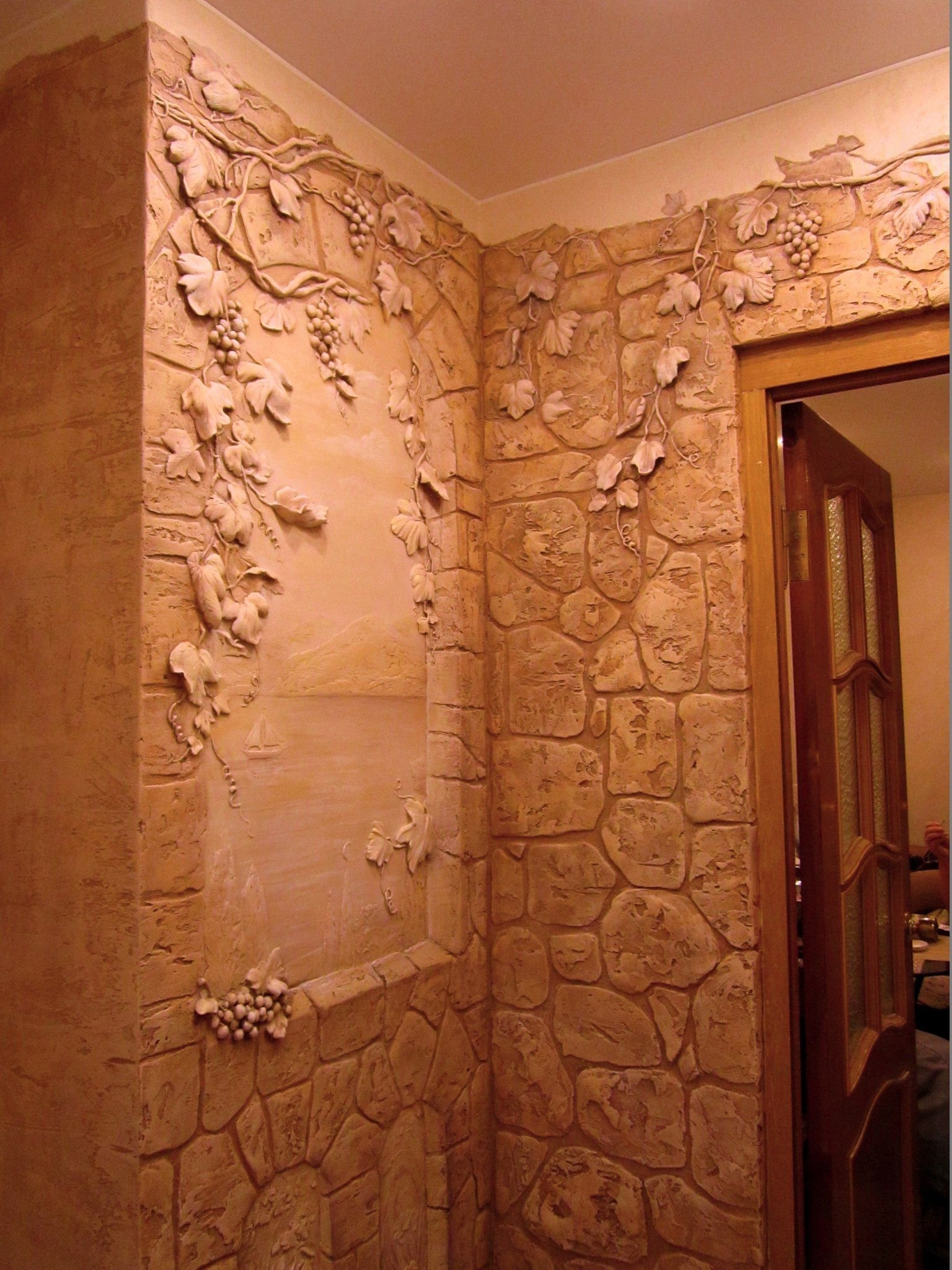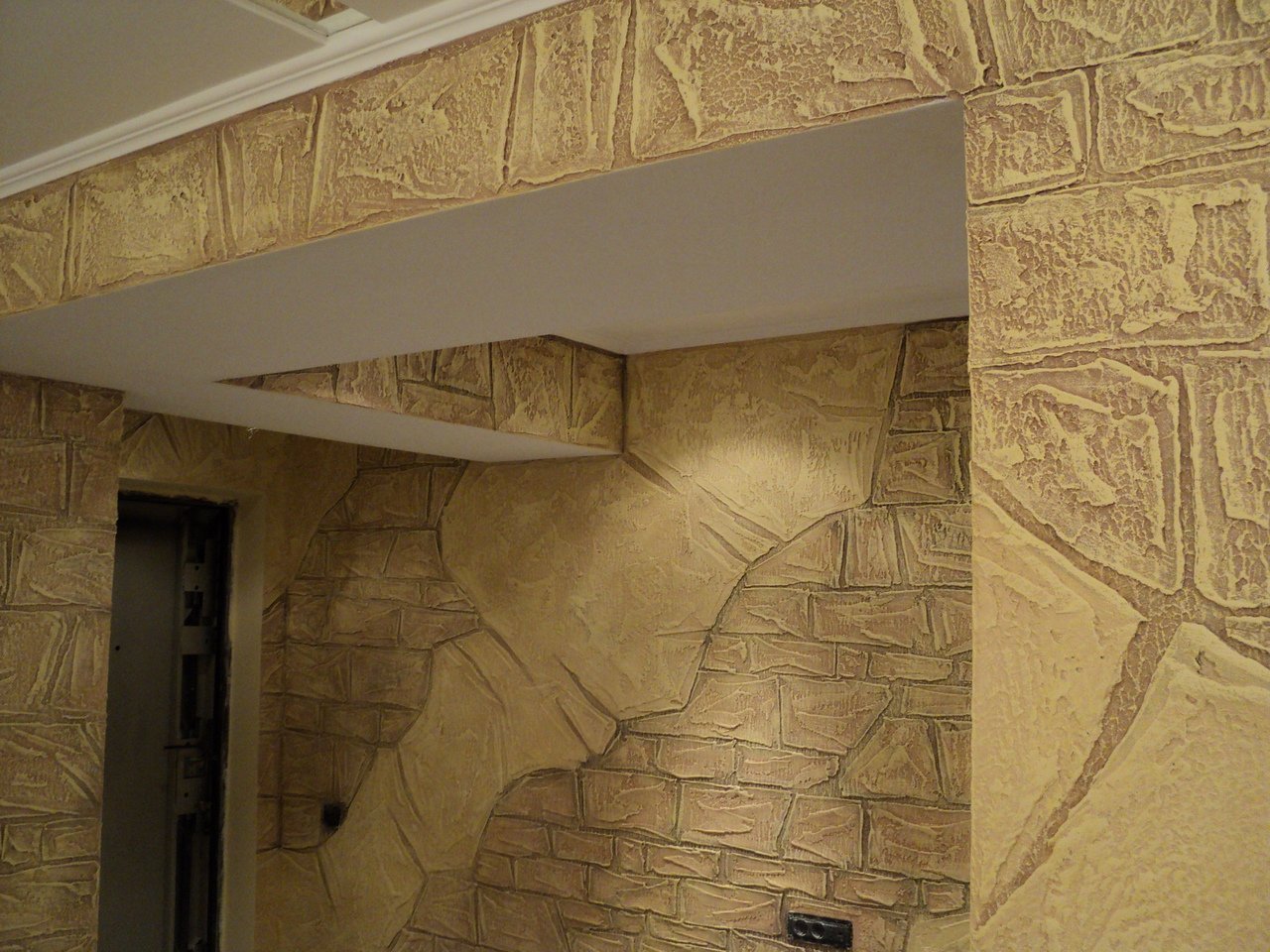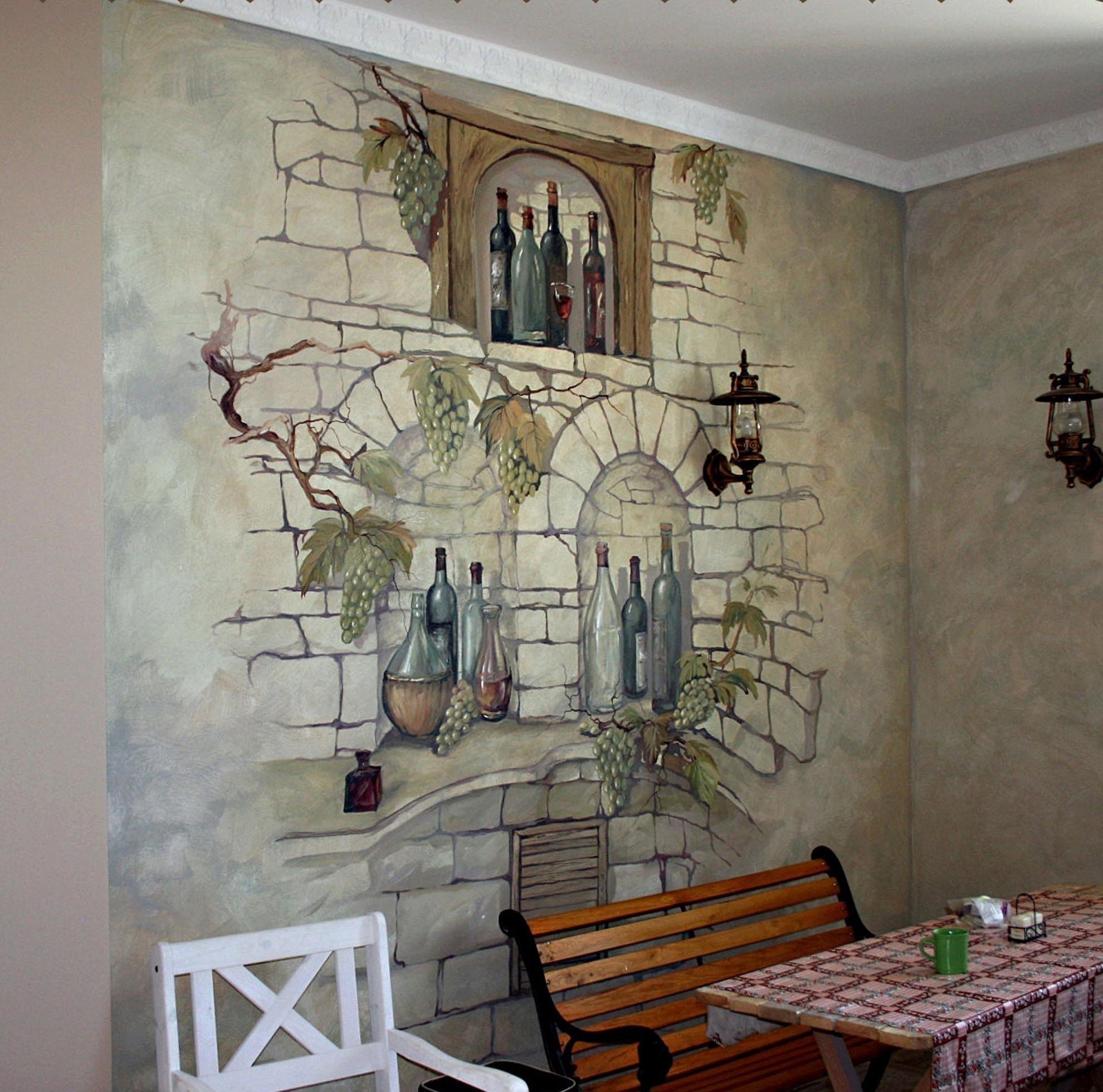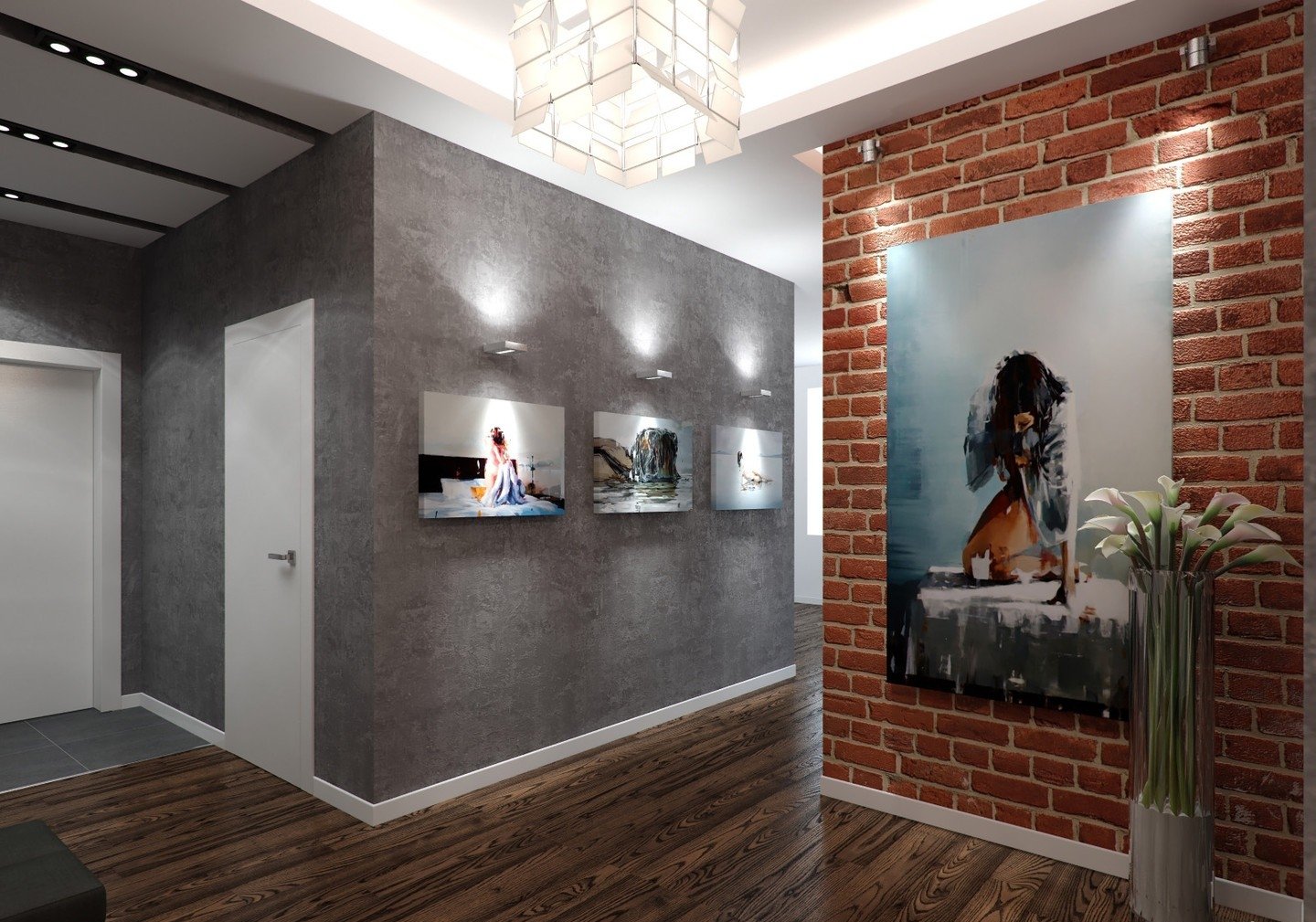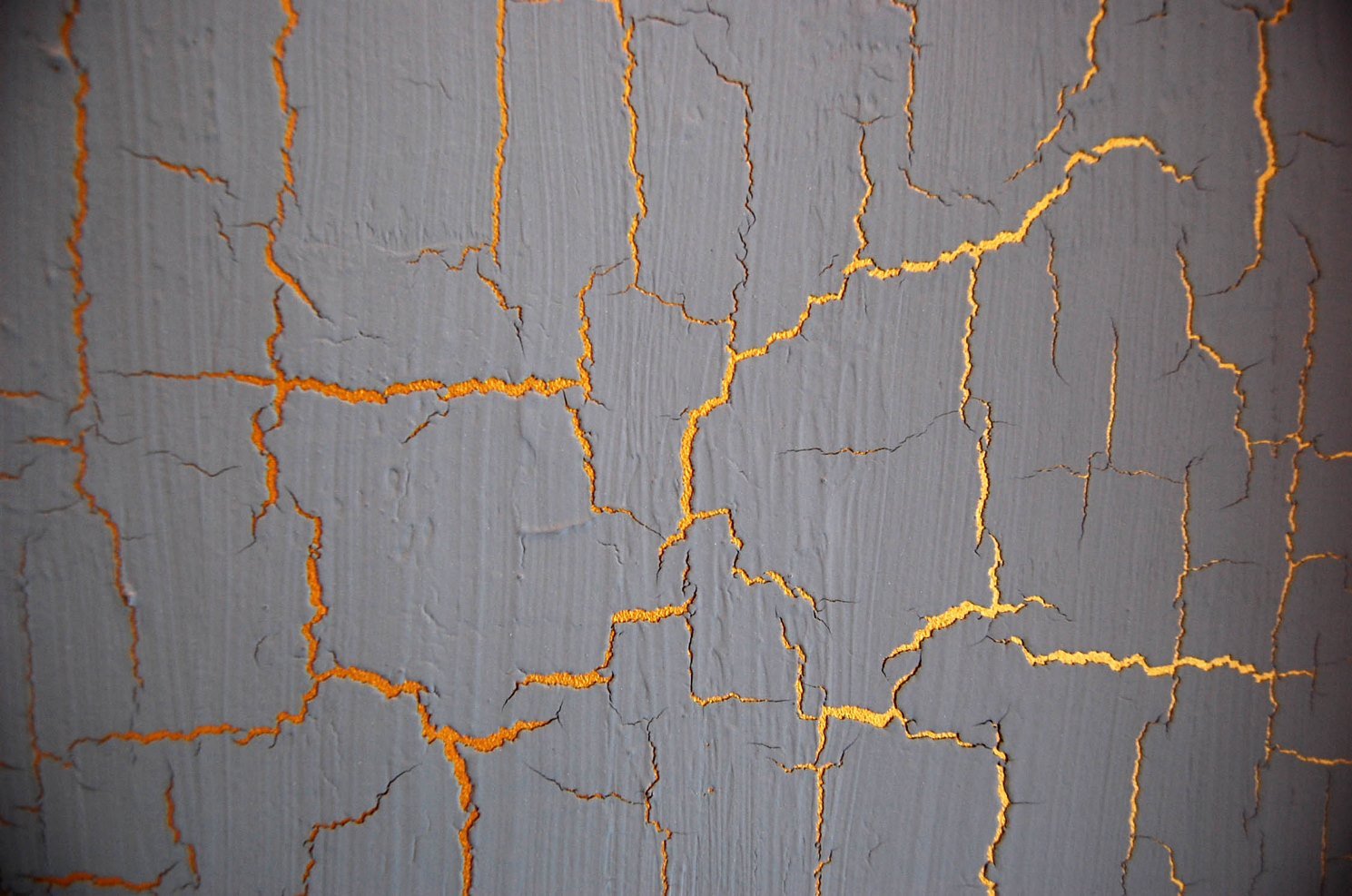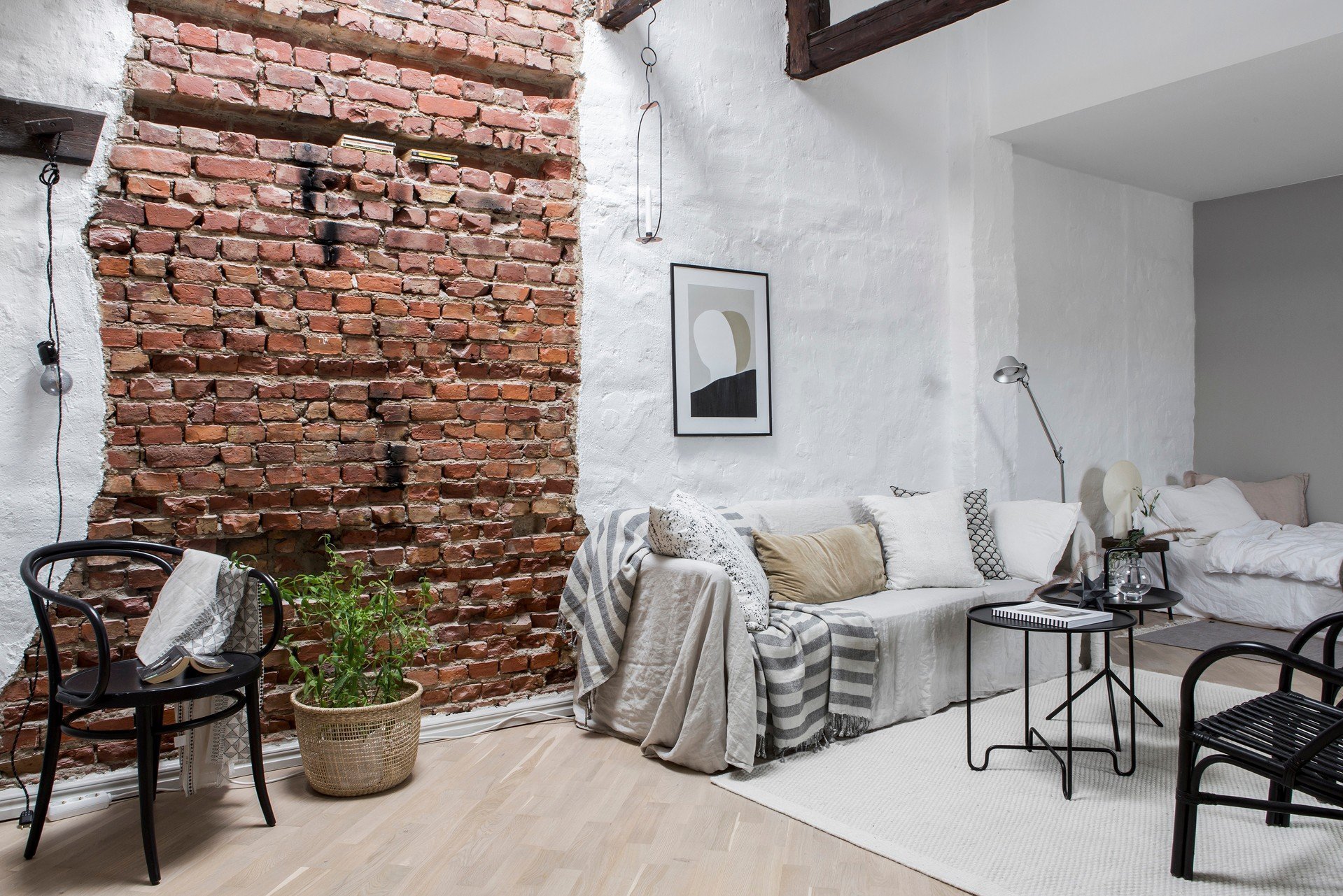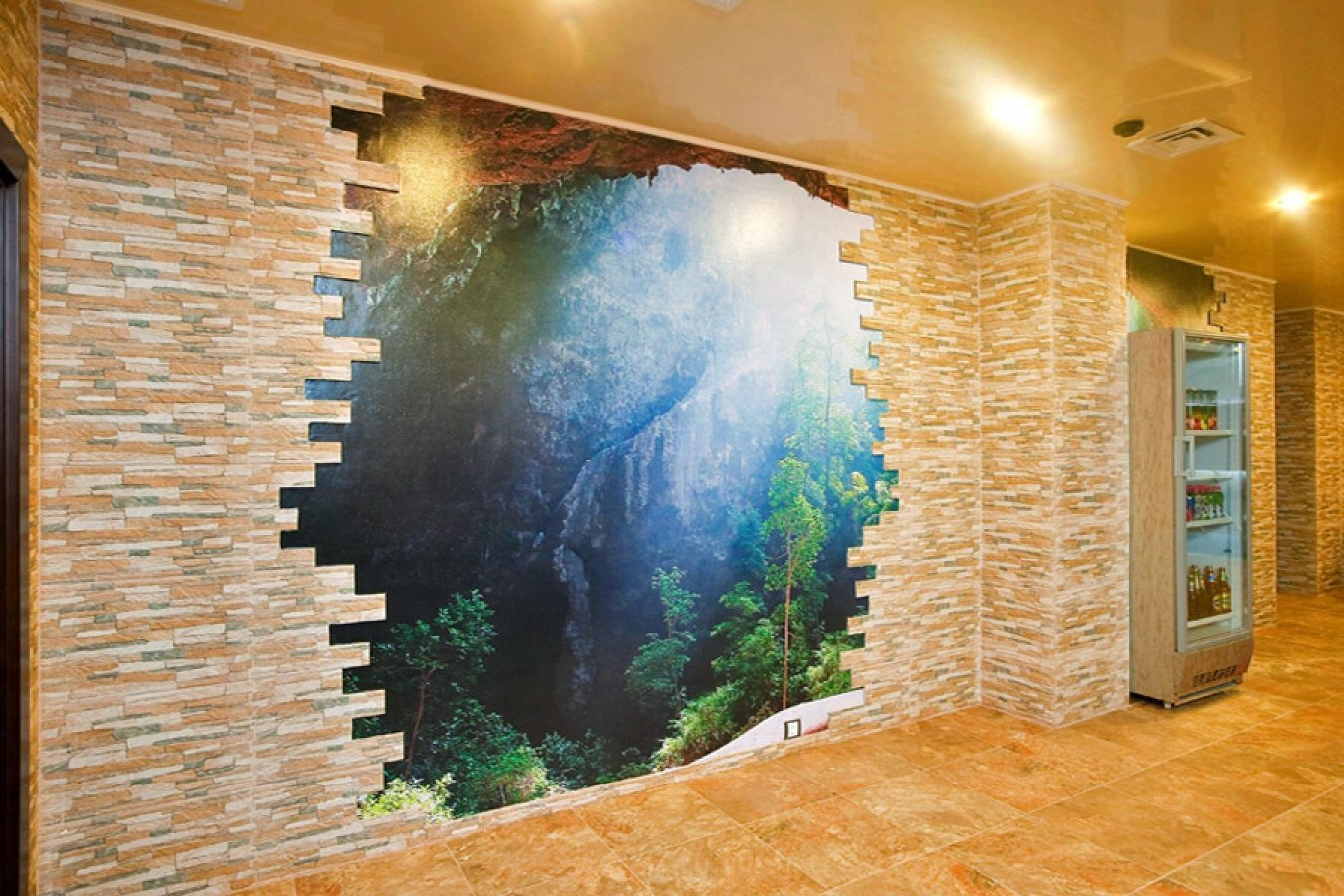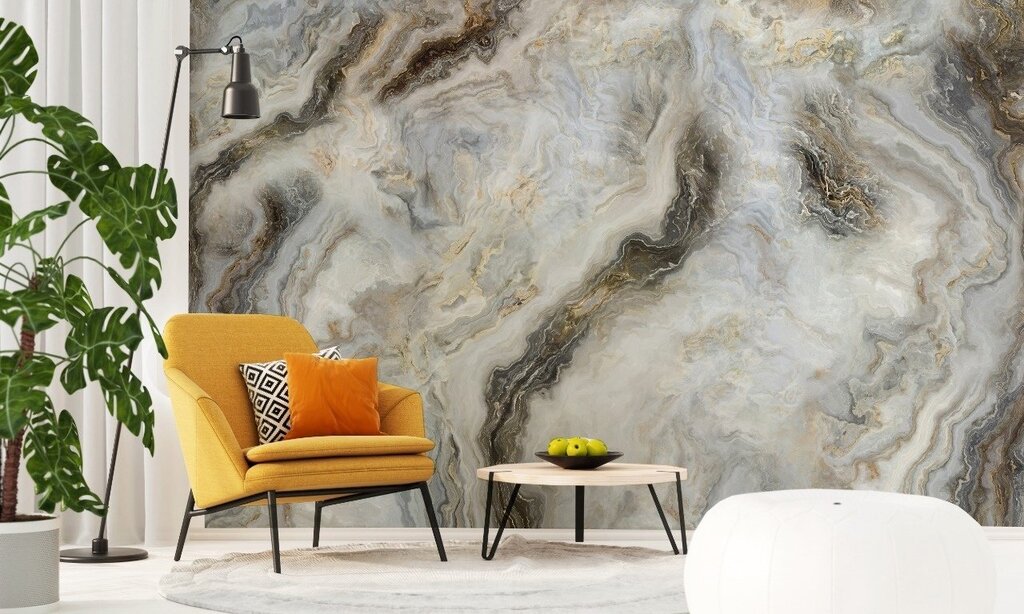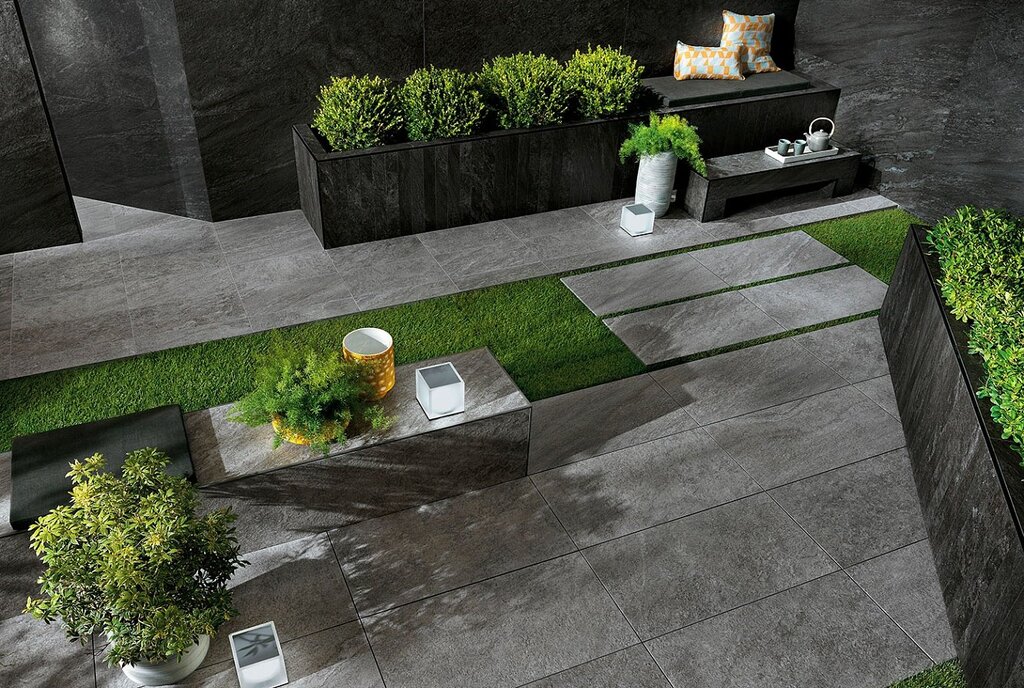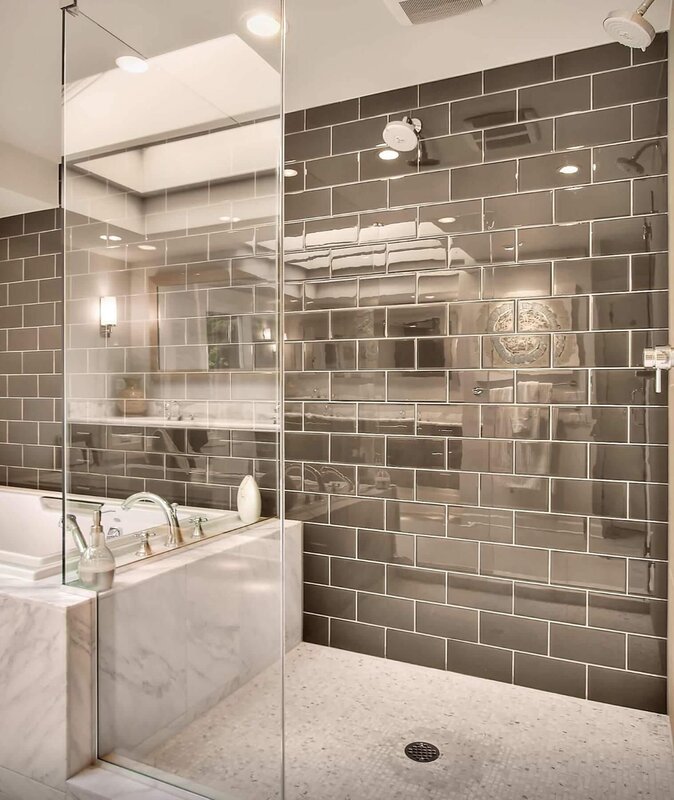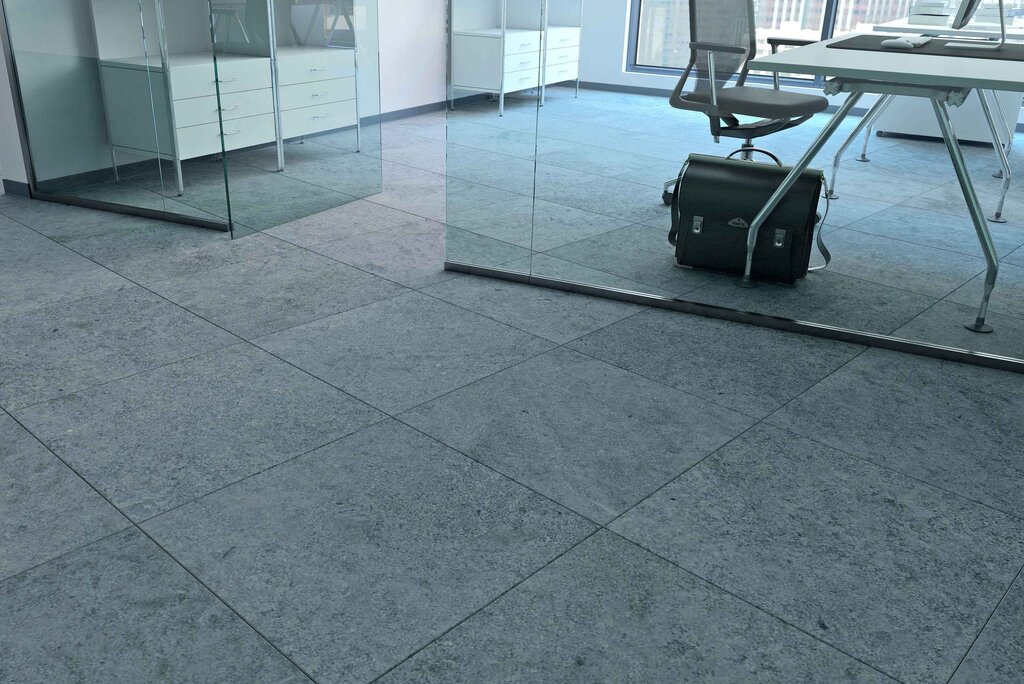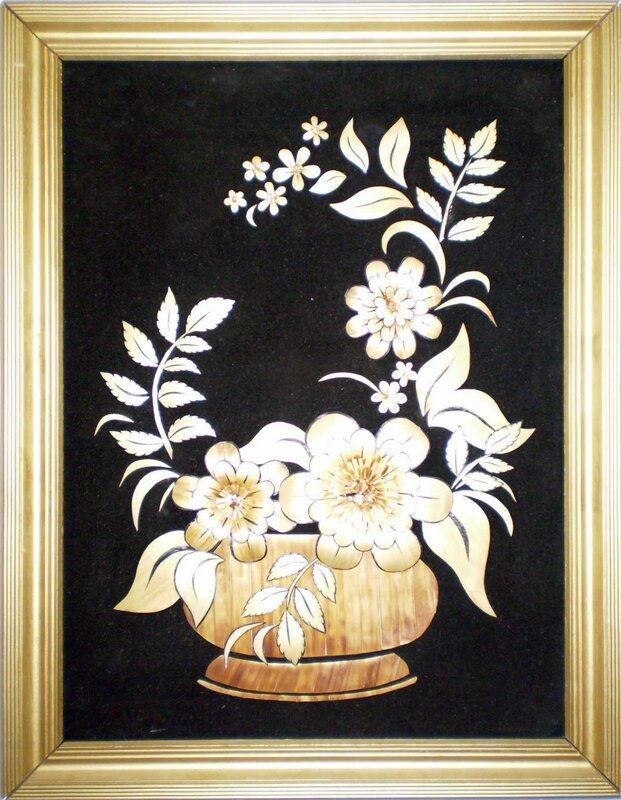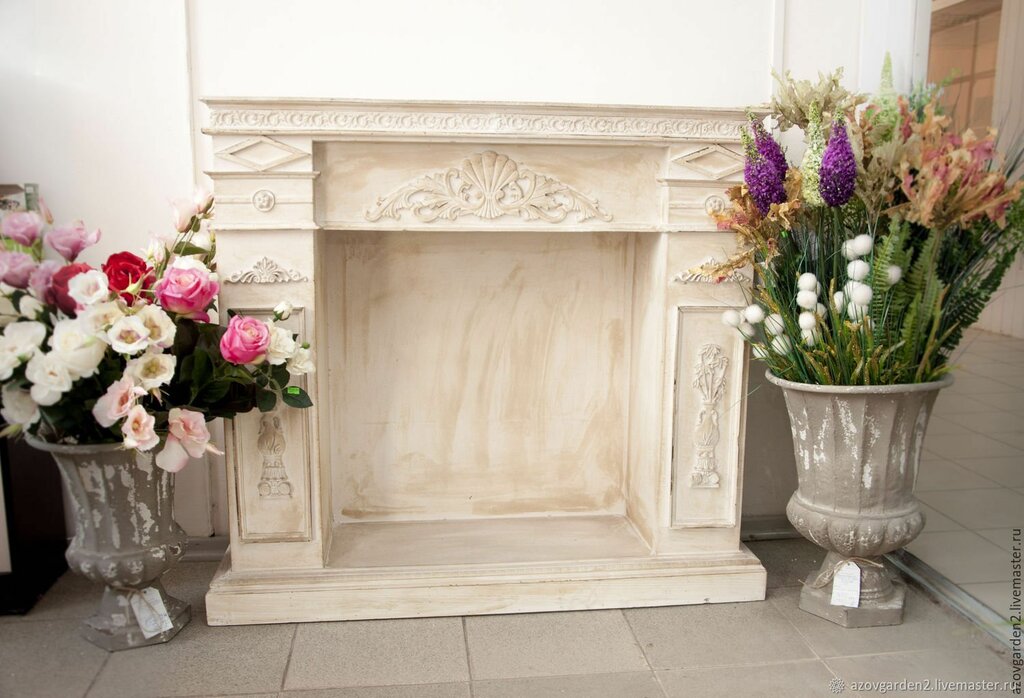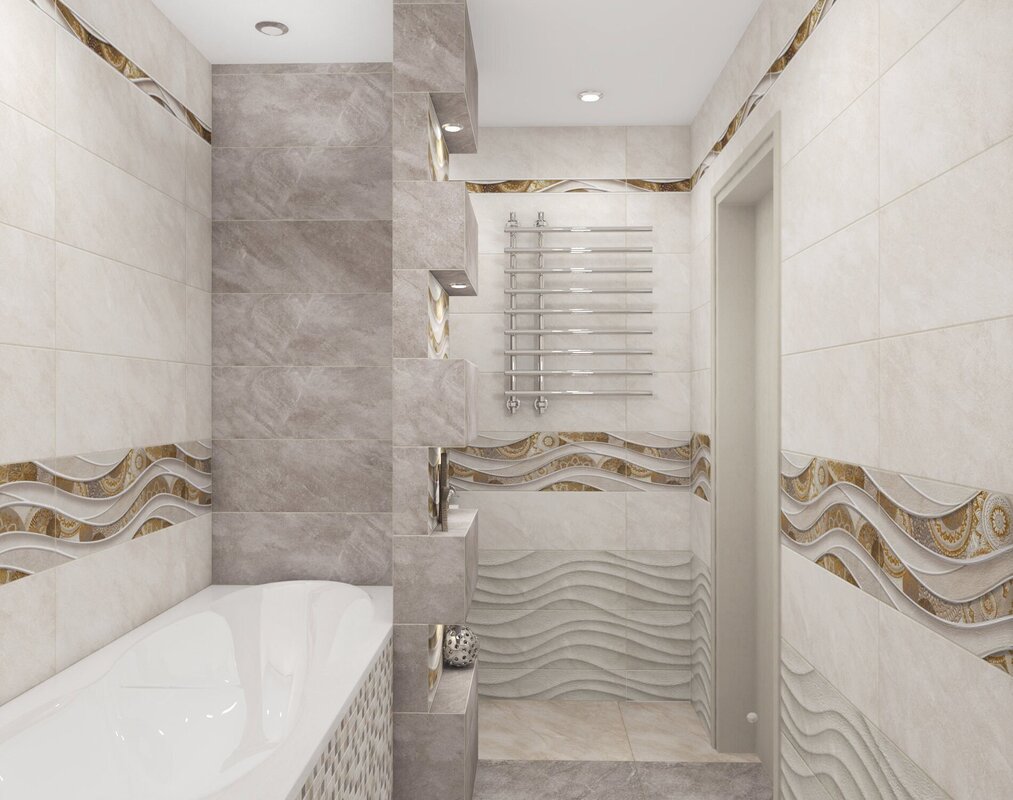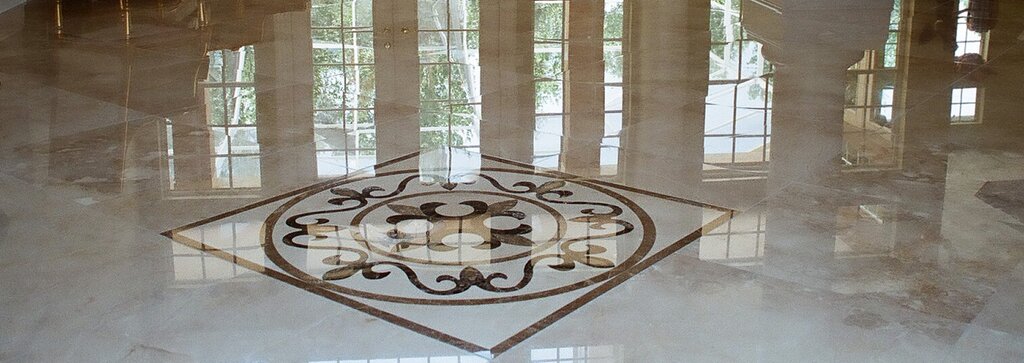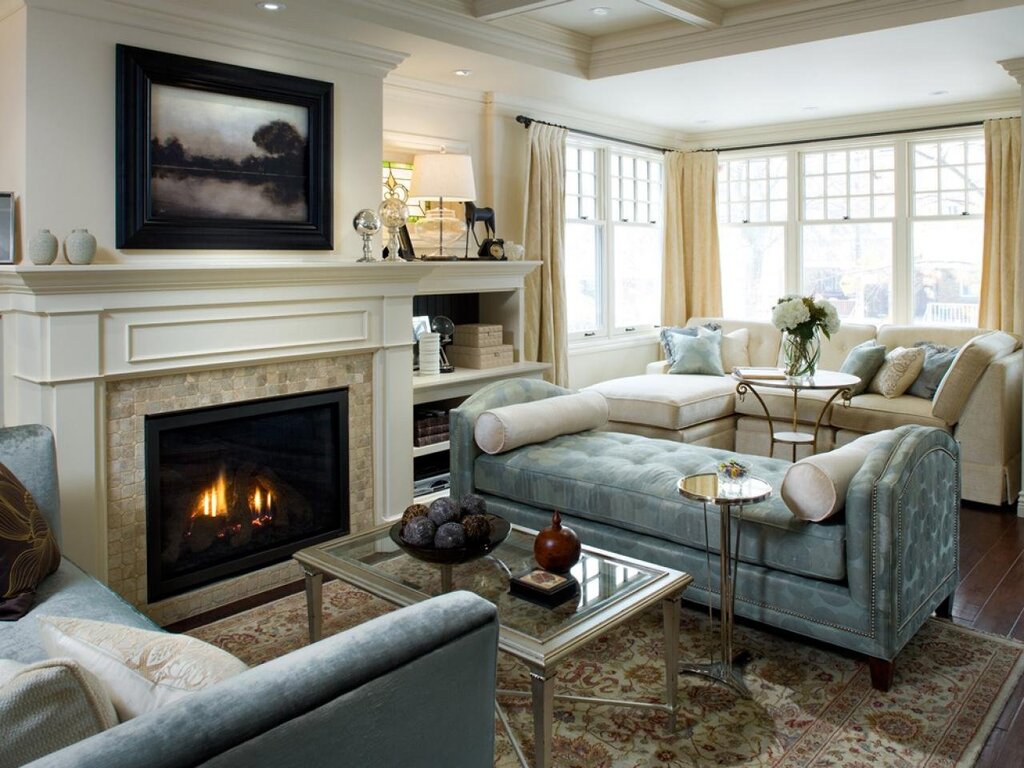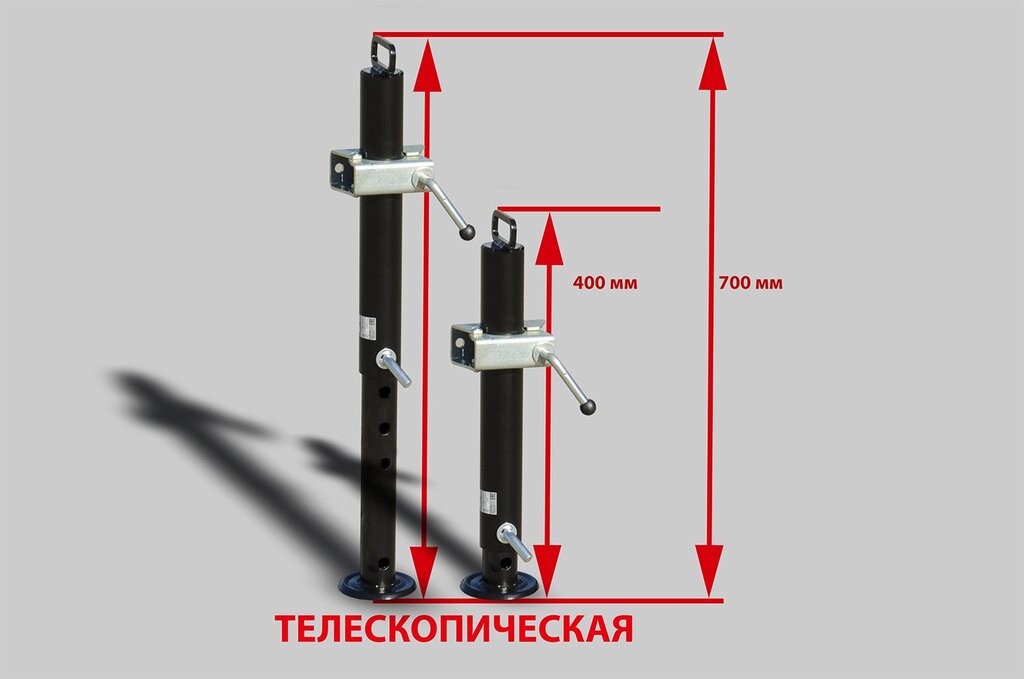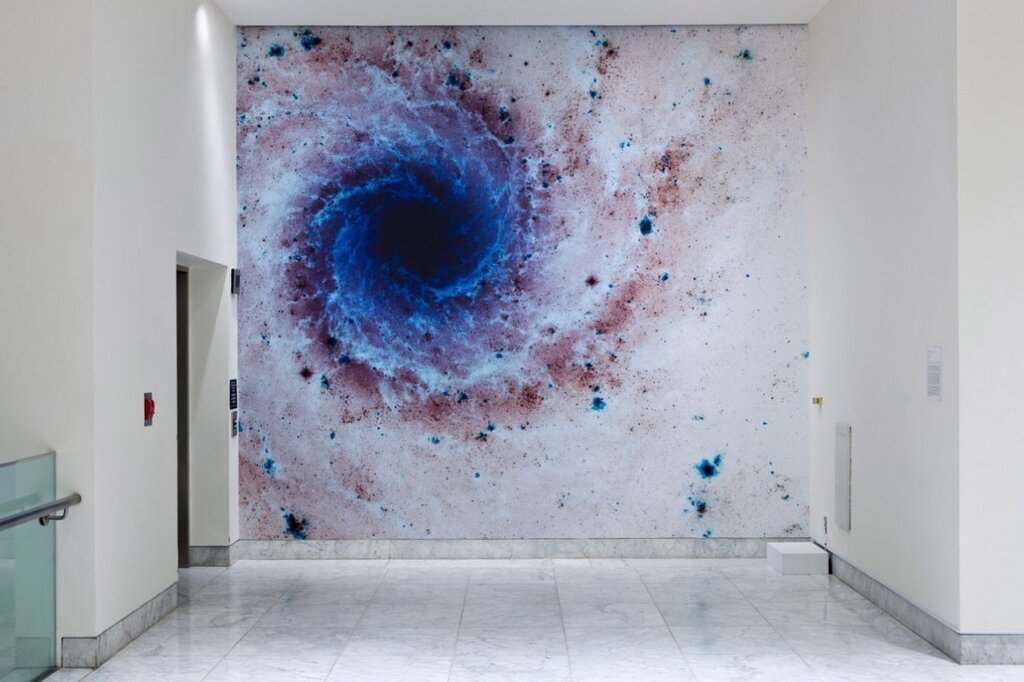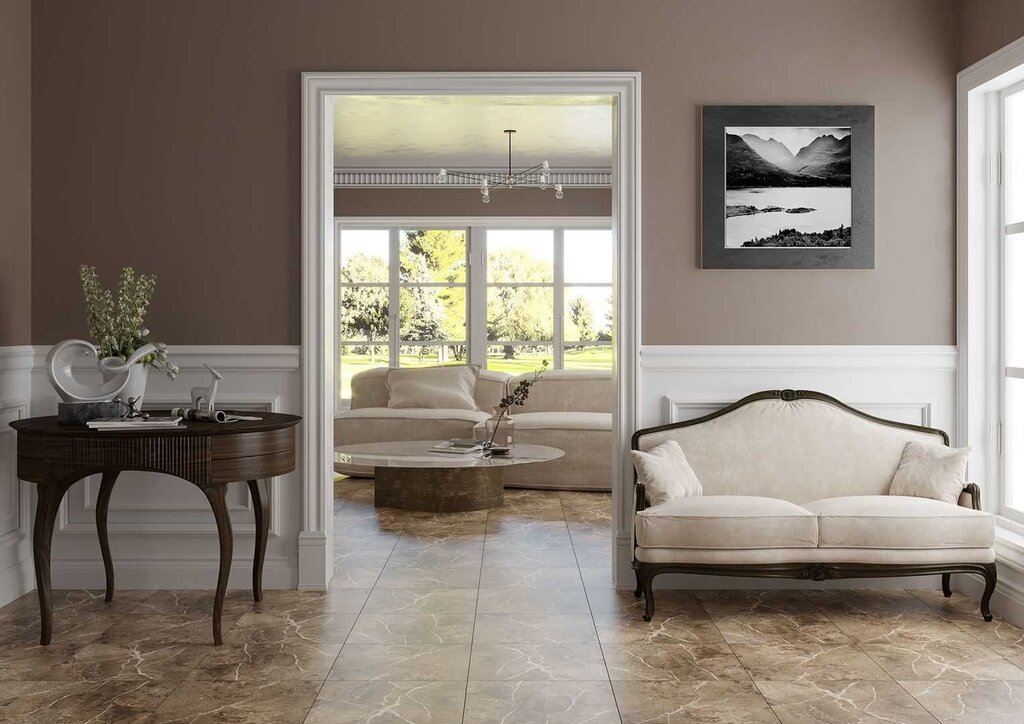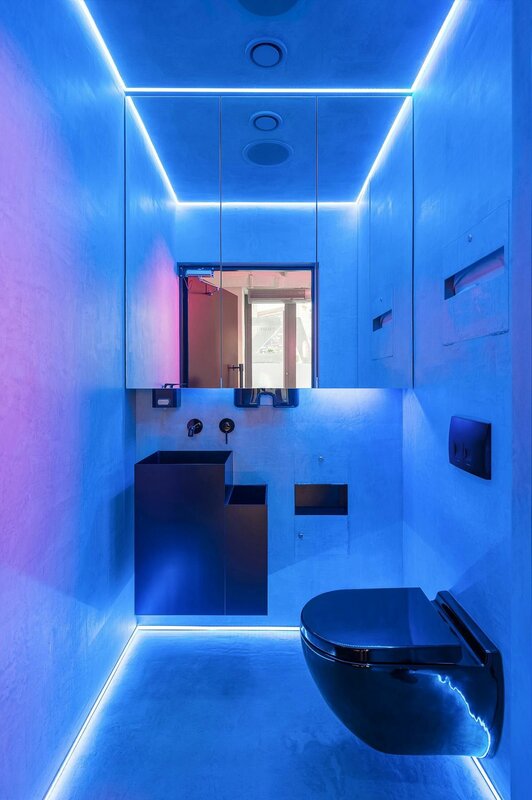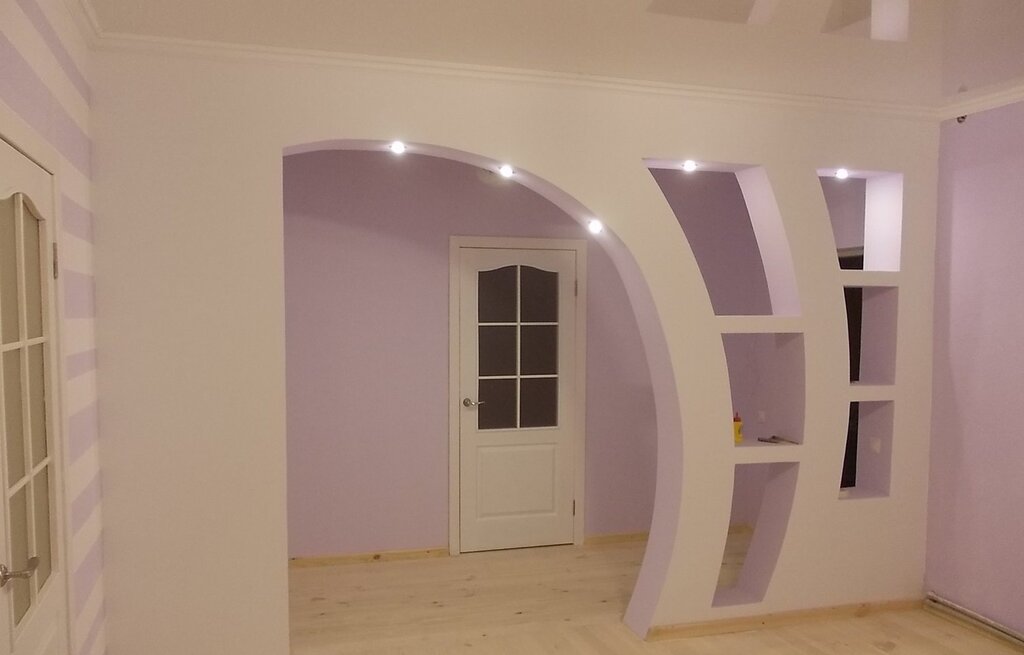- Interiors
- Finishing work
- Imitation of plaster
Imitation of plaster 35 photos
Imitation plaster has become a popular choice in the realm of interior design, offering both aesthetic versatility and practical benefits. This innovative technique replicates the timeless elegance of traditional plasterwork, allowing for the creation of rich textures and sophisticated finishes that add depth and character to any space. Unlike real plaster, which can be labor-intensive and costly, imitation plaster provides a more accessible and flexible alternative. It can be applied to a variety of surfaces, making it an ideal option for both modern and classical interiors. The allure of imitation plaster lies in its ability to mimic the subtle nuances of handcrafted plaster, from the smooth, refined appearance of Venetian plaster to the rustic charm of stucco. Its adaptability allows designers to tailor the finish to complement the specific ambiance of a room, whether it’s adding warmth to a cozy living area or creating a striking focal point in a minimalist setting. Moreover, imitation plaster is often more durable and easier to maintain, making it a practical choice for high-traffic areas. Overall, this technique offers an exciting avenue for creativity, enabling designers and homeowners alike to explore a wide range of styles and textures without the constraints of traditional plasterwork. Whether used to evoke a sense of old-world charm or enhance a contemporary aesthetic, imitation plaster continues to inspire and transform interior spaces.
